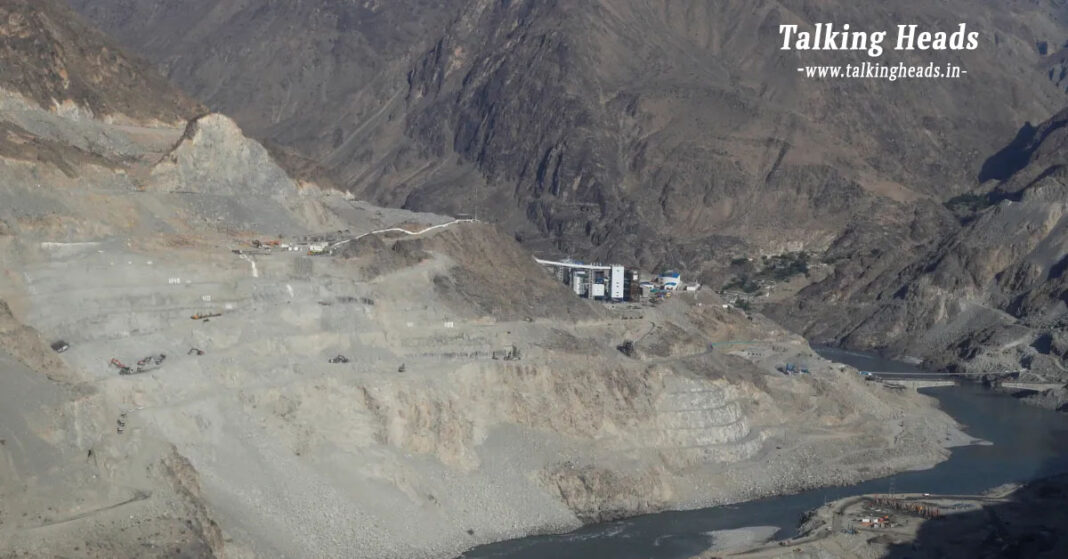India-Pakistan: In response to a recent terror attack in Pahalgam, Jammu and Kashmir, India has officially suspended the Indus Waters Treaty with Pakistan. The decision, taken during a high-level security meeting chaired by Prime Minister Narendra Modi, signals a significant shift in Indo-Pak water diplomacy and bilateral relations.
Table of Contents
India-Pakistan: What is the Indus Waters Treaty? An Overview
Signed on September 19, 1960, in Karachi, the Indus Waters Treaty (IWT) is a landmark water-sharing agreement between India and Pakistan, brokered by the World Bank. The treaty outlines the allocation and usage of six major rivers in the Indus River system, which flows through both countries.
Under the treaty:
India was allowed to use the water from the Ravi, Beas, and Sutlej rivers.
Pakistan has the rights of the western rivers — Indus, Jhelum, and Chenab.
Although India retained limited usage rights over the western rivers — such as for irrigation, storage, and hydroelectric power — it was required to inform and consult with Pakistan on related projects.
India-Pakistan: Historical Context: From Colonial Canals to International Negotiations
The origin of this water-sharing arrangement dates back to the British colonial era, when the Indus Valley became a hub for major canal irrigation projects. The region, particularly South Punjab, transformed into a fertile agricultural zone thanks to these systems.

However, the Partition of British India in 1947 resulted in Punjab being split — eastern Punjab fell under India’s territory, and western Punjab became part of Pakistan. Since the river system originated in India but flowed into Pakistan, the latter became reliant on Indian cooperation for its water supply.
India-Pakistan: How the Treaty Came Into Existence
The water crisis prompted international mediation. In 1951, then Indian Prime Minister Jawaharlal Nehru invited David Lilienthal, former head of the Tennessee Valley Authority, to study the situation. After visiting both countries, Lilienthal wrote an influential article advocating a cooperative solution for river management.
And treaty came in to being in 1960. Despite numerous wars and skirmishes, the treaty has largely remained intact — until now.
Key Provisions of the Indus Waters Treaty
- Eastern Rivers, India got control of these rivers
- Western Rivers (Pakistan’s share): Pakistan receives uninterrupted flow, with India allowed limited, non-consumptive usage.
- Indus Commission: A permanent commission comprising representatives from both countries was formed to oversee treaty implementation.
- Dispute Resolution Mechanism: The treaty includes multiple stages of conflict resolution — from bilateral talks to third-party arbitration via neutral experts or the Court of Arbitration.
This framework has helped prevent full-scale water wars even during periods of heightened military tension.
India’s Latest Move: Suspension of Treaty Cooperation
Following the Pahalgam terror attack, which claimed multiple lives and heightened security concerns, India has opted to suspend all Indus Waters Treaty cooperation with Pakistan. This includes:
- Ceasing participation in Indus Commission meetings.
- Pausing any joint inspections or site visits related to water infrastructure.
Indian officials have framed the move as a strategic message to Pakistan, which India accuses of harbouring militant groups responsible for cross-border terrorism.
Implications of Suspending the Indus Waters Treaty
While India has not abrogated the treaty, the suspension of cooperative mechanisms could lead to:
- Legal and procedural challenges under international law and the World Bank’s role as a guarantor.
- Possible retaliatory measures or appeals by Pakistan at international forums.
Environmental analysts also warn that disrupting river management coordination could harm ecological systems and water-dependent communities on both sides of the border.
What Lies Ahead?
Experts believe that the future of the Indus Waters Treaty now hangs in balance. While India maintains that it has not violated the treaty’s core structure, the move introduces a new dimension to regional power dynamics, especially as both countries face growing climate-related water scarcity.
With bilateral trust at a low point, re-establishing communication and cooperation will likely require diplomatic breakthroughs or third-party interventions.
The suspension of the Indus Waters Treaty marks a significant development in India’s foreign policy stance toward Pakistan. What began as a visionary water-sharing agreement, admired for its resilience, is now under severe strain amid security and geopolitical tensions. As the situation unfolds, the international community will be watching closely — not just for the fate of a treaty, but for the future of peace in South Asia.










